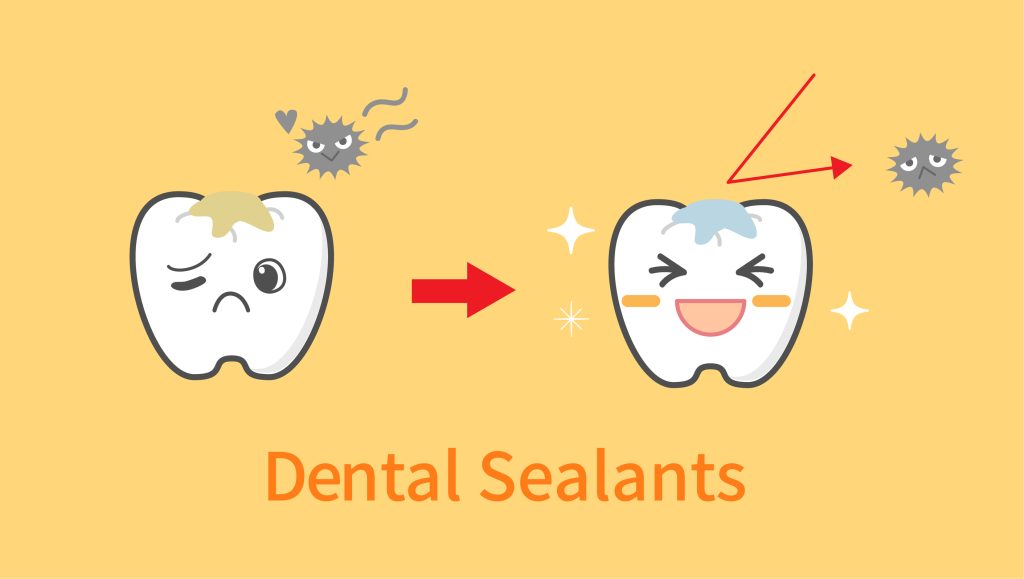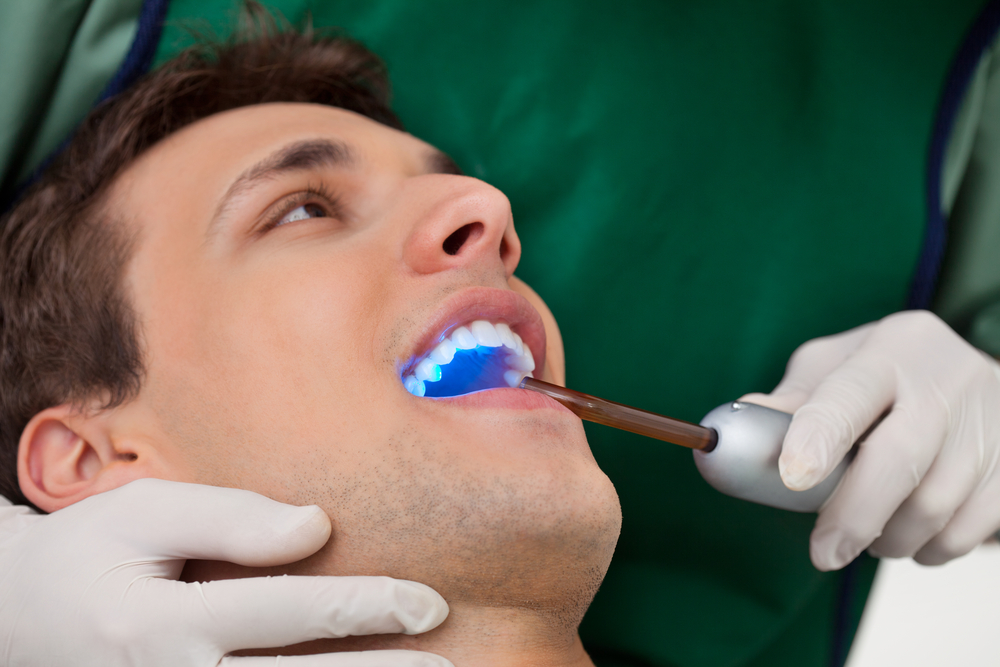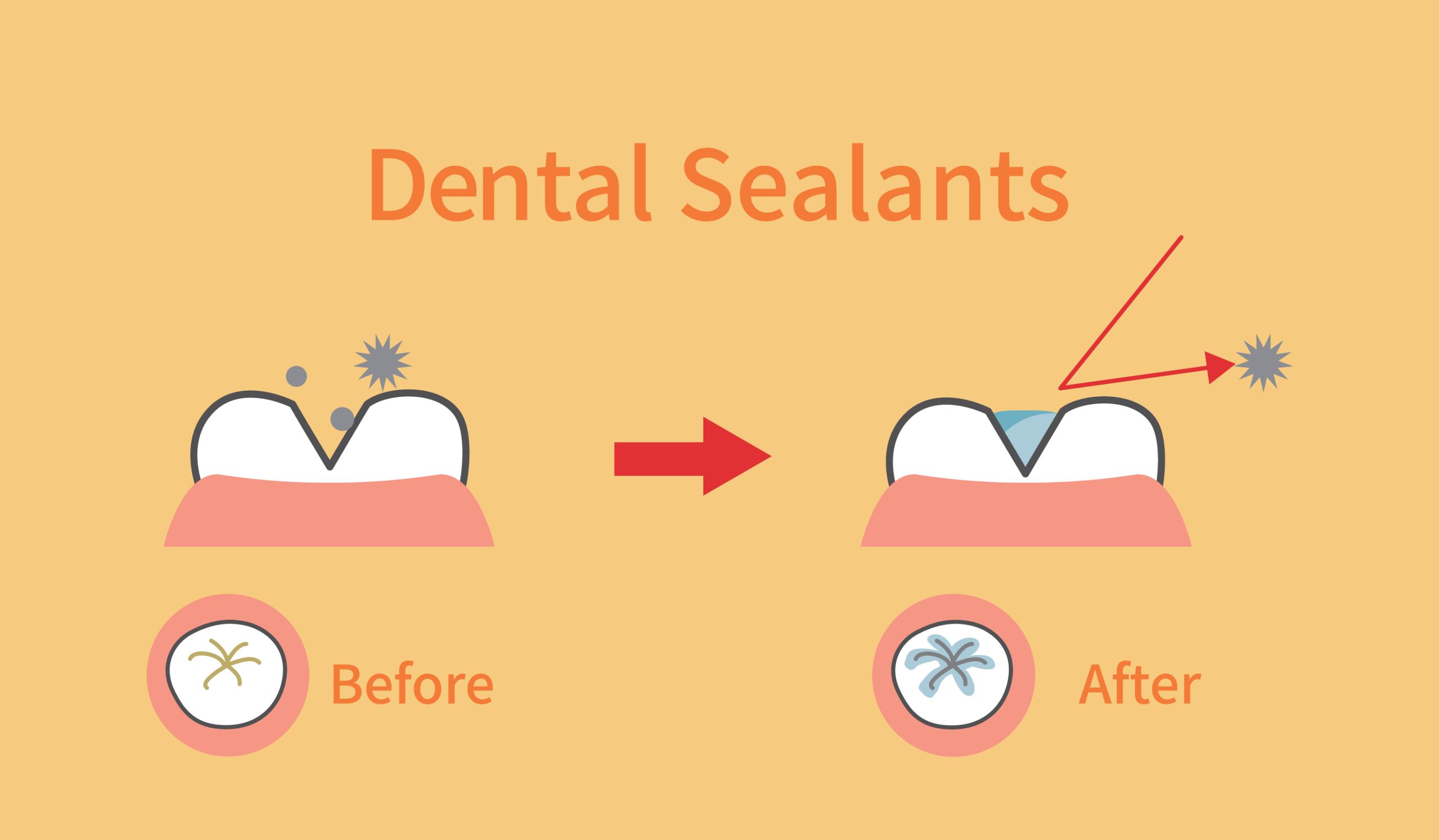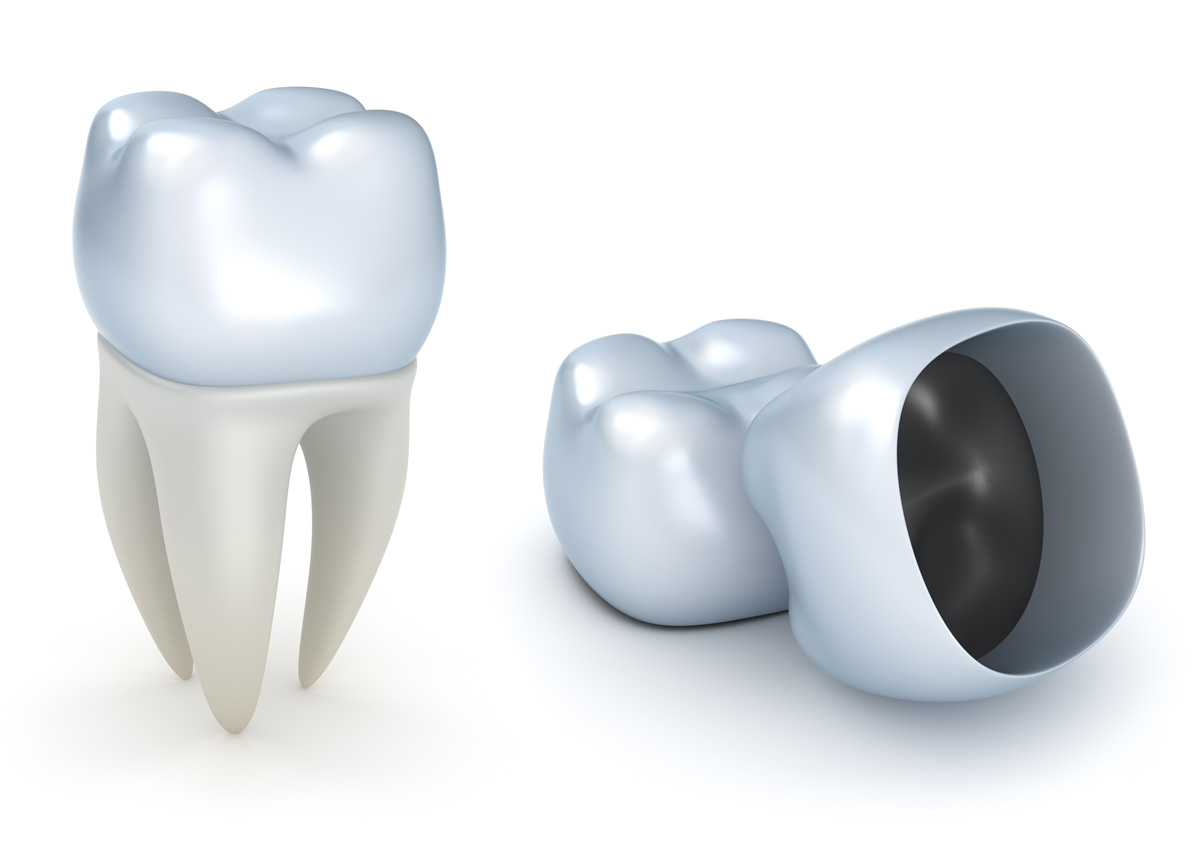Dental Sealants: Simple Protection With Big Benefits
As your West Chester family dentist, we here at Briglia Dental Group, led By Dr. Ron Briglia, want to emphasize the power of prevention. We offer many simple preventive dentistry measures that can go a long way in protecting your smile. One of the easiest ways to protect your smile from tooth decay is with the fast and painless application of dental sealants.
Learn more about this common tooth protection method by dialing (610) 615-0160 if you’re a new patient or by dialing (610) 692-4440. You can also keep reading the guide below to learn more.
What Are Dental Sealants?
Dental sealants are thin plastic coatings applied to the chewing surfaces of molars and premolars (the back teeth) to help prevent tooth decay. These surfaces often have pits and fissures that are difficult to clean thoroughly with a toothbrush, making them more susceptible to the accumulation of plaque and bacteria.
The application of dental sealants is a preventive measure commonly recommended for children and teenagers, as they are more prone to developing cavities in their back teeth. However, adults at high risk for cavities can also benefit from sealants.
Benefits of Dental Sealants
Dental sealants offer several benefits in terms of oral health, particularly in preventing tooth decay. Here are some of the key advantages:

- Cavity Prevention: The primary benefit of dental sealants is their ability to prevent cavities. By sealing the pits and fissures on the chewing surfaces of molars and premolars, sealants create a smooth surface that is easier to clean and less susceptible to the accumulation of plaque and bacteria.
- Early Intervention: Dental sealants are often applied to the teeth of children and teenagers, providing a proactive approach to cavity prevention. Since these individuals may have difficulty maintaining optimal oral hygiene, sealants offer an added layer of protection during their formative years.
- Cost-Effective: Applying dental sealants is a cost-effective preventive measure compared to treating cavities and other dental issues that may arise without this protective coating. Preventing decay through sealants can save time and money in the long run.
- Non-Invasive Procedure: The application of dental sealants is a non-invasive and painless procedure. It doesn’t require the removal of tooth structure, making it a comfortable option for individuals who may be apprehensive about dental treatments.
- Long-Lasting Protection: While not permanent, dental sealants can last for several years with proper care. They provide long-lasting protection when individuals may be most vulnerable to cavities.
- Applicability to High-Risk Individuals: Dental sealants are particularly beneficial for individuals at a higher risk of developing cavities, such as those with deep grooves in their molars, poor oral hygiene habits, or a history of cavities.
- Easy Maintenance: Maintaining dental sealants is simple. Regular dental check-ups allow the dentist to monitor the condition of the sealants, and any necessary repairs or reapplications can be done efficiently.
- Support for Adult Dental Health: While commonly associated with children, dental sealants can also be beneficial for adults, especially those with a history of cavities or a high risk of developing them.
The Dental Sealant Process
Consultation
Before the dental sealant process begins, you’ll have a consultation with our West Chester family dentist. During this appointment, your dentist will assess your dental health, specifically focusing on the molars and premolars that may benefit from sealants. During this time, they’ll explain the purpose of sealants, discuss their advantages, and address any concerns or questions you may have.
Preparation

The first step in the preparation process involves cleaning the teeth that will receive the sealants. This ensures that the tooth surfaces are free from any debris or plaque that could interfere with the bonding process.
Etching the Tooth Surface
To enhance the bond between the tooth enamel and the sealant material, the dentist applies an acidic solution to the chewing surfaces. This etching process roughens the enamel, creating a better surface for the sealant to adhere to.
Rinsing and Drying
After the etching, the dentist thoroughly rinses the tooth surface to remove the acid and then dries it. The clean and dry surface is crucial for the proper adhesion of the sealant.
Application
Once the tooth is prepared, the dentist applies the dental sealant material. This is typically a thin, plastic-like coating that’s painted onto the chewing surfaces of the molars and premolars. After applying the sealant, a special curing light may be used to speed up the bonding and hardening process. This ensures the sealant forms a strong and durable bond with the tooth enamel.
Your dentist carefully examines the applied sealant to ensure it covers all the intended areas and forms a smooth surface on the tooth. Any necessary adjustments are made at this stage. You may be asked to bite down to ensure that the sealant does not interfere with the natural bite and that it aligns properly with the adjacent teeth.
Dental Sealant Post-Application Care
After the dental sealant application, care and maintenance play a crucial role in making sure your sealants last as long as possible. Here are some of the tips we recommend you follow to get the most out of your sealants:
- Oral Hygiene Practices: Continue practicing good oral hygiene, including brushing their teeth at least twice a day with fluoride toothpaste and flossing daily. While dental sealants provide an extra layer of protection, maintaining overall oral health is essential.
- Dietary Recommendations: Be mindful of your dietary choices. Limiting the consumption of sugary snacks and acidic beverages can further contribute to cavity prevention. Enjoy a balanced diet with plenty of fruits, vegetables, and water to support overall oral and dental health.
- Avoiding Hard or Sticky Foods: While dental sealants are durable, patients are cautioned against excessively hard or sticky foods that could potentially damage the sealant. This includes chewing on ice or biting down on hard candies, which may compromise the integrity of the sealant.
- Monitoring and Maintenance: Consistent attendance at regular dental check-ups is crucial for monitoring the condition of the dental sealants. These check-ups, typically scheduled every six months, allow your West Chester family dentist to assess the integrity of the sealants and identify any issues at an early stage.
- Addressing Wear or Damage: If you or your dentist identifies any signs of wear, chipping, or damage to the sealant, appropriate measures will be taken. This may involve repairing the existing sealant or, if necessary, reapplying sealant to ensure continued protection.
- Customized Oral Care Recommendations: Based on your oral health and the condition of the sealants, the dentist may provide personalized recommendations for oral care. This could include specific dental products, additional preventive measures, or adjustments to the oral hygiene routine.
















